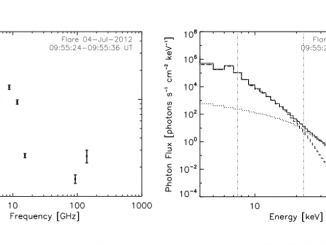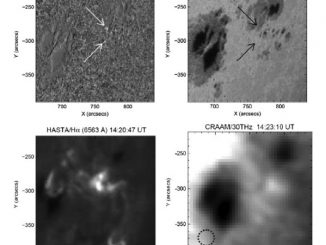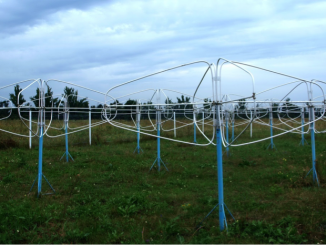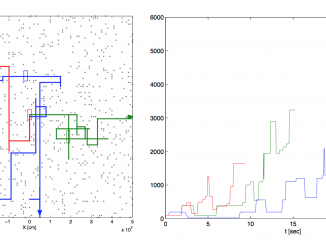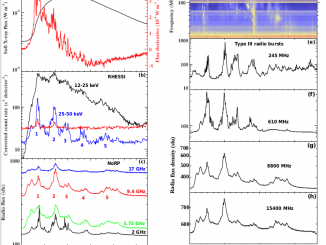On the thermal nature of 140 GHz emission from the 4 July 2012 solar flare
by Yuriy Tsap et al.*
The nature of the solar flare sub-THz emission (Kaufmann, 2012) with a positive spectral slope at 200-400 GHz is still not clear [see also previous CESRA highlight]. Some authors associate this emission with thermal bremsstrahlung, while other suggest it is associated with different, non-thermal mechanisms (see Fleishman & Kontar, 2010; Krucker et al., 2013). There are two serious disadvantages of the existing approaches. First, there is a lack of observations in […]

